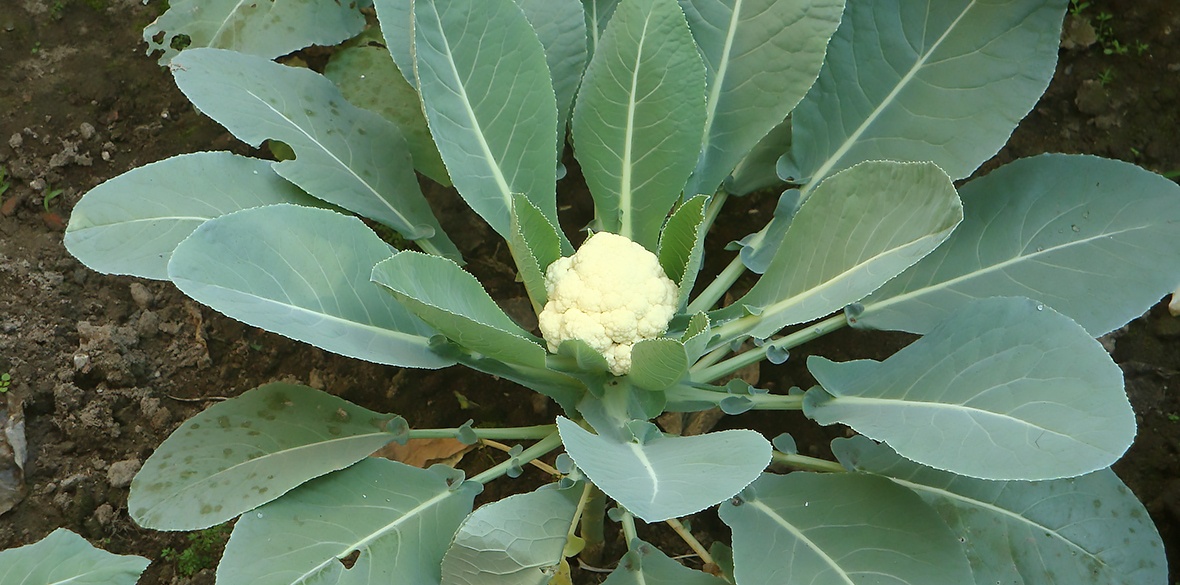This is the last article you can read this month
You can read more article this month
You can read more articles this month
Sorry your limit is up for this month
Reset on:
Please help support the Morning Star by subscribing here
OF ALL the standard allotment vegetables, cauliflowers are almost universally considered the hardest to grow.
When I’ve had success with them it’s usually been from an autumn sowing, possibly because they then spend their formative months at a time of year when there are fewer animals and diseases around to stymie them, as well as their being at less risk from hot weather.
Only a few cauli cultivars can be sown at this time. The best-known, and most widely available, is All The Year Round, which, despite the name, can’t actually be sown all the year round, but is perfect for starting off in September or October.
You’ll need to give the plants some basic protection over winter – an unheated greenhouse, a cloche or a cold frame. I’ve used an old window propped up on bricks before, but admittedly that was during a very mild winter.
Although you could try sowing the seeds directly into the soil and then covering the row with cloches, you’ll increase your chances of success if you can start the seeds in trays.
Modules (plastic or polystyrene trays made up of small square cells) are even better, and self-watering modules which use capillary matting to wick the water from a reservoir into the compost are best of all.
Fill the tray with peat-free seed compost and gently water it with a fine spray, or stand it in water, until the surface of the compost is moist, rather than soggy.
Sow the seeds, either one per cell or spaced evenly across the surface of an undivided tray. Cover them with about 3/4" (2cm) of the same compost.
Once the seedlings have developed two or three pairs of leaves, and look robust enough to be carefully handled, plant each one into a 3" or 3 1/2" (7 or 9cm) pot, this time in peat-free multi-purpose compost.
The caulis aren’t going to grow a lot during the winter, and are not intended to — as young, compact plants they have a good chance of surviving the cold months ready to really get going in spring for an early summer harvest.
Keeping them under glass (or plastic) you’ll have to have an eye on them to be sure they don’t dry out and die on very sunny days, even if the outdoor temperatures aren’t high.
Generally we need to keep the cauliflowers’ compost moist, except during very frosty conditions, when they should be allowed to go fairly dry. During mild weather, allow plenty of air to get to the plants.
To be honest, there’s a fair bit that can go wrong during these weeks, and there’s not much the gardener can do about it – it’s largely down to the weather.
But assuming your seedlings have survived the winter, they’ll be ready for planting outside in about late March; though, as always, be led by the conditions, not by the calendar.
In their final positions, the cauliflowers should be around 2' (60cm) apart, firmly planted in rich, deep soil.










